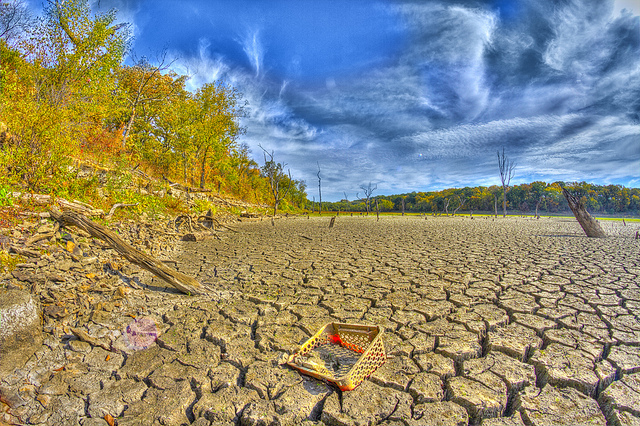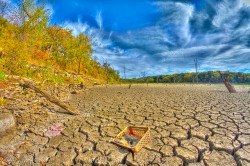One of fracking’s few but feverishly touted upsides is that the natural-gas boom it’s spurred could help America move toward energy independence; it’s a crucial piece of Obama’s “all-of-the-above” energy strategy. But in building up our fuel supply, fracking threatens our supply of another crucial natural resource – water.
A new report from nonprofit Ceres (which maintains a neutral position on fracking in general) reveals that nearly half of the country’s fracking wells are located in water-stressed regions — in particular Texas and Colorado, where 92 percent of fracking wells are in extremely high-water-stress regions. Ceres compiled its report using data from the World Resources Institute — which considers an area extremely water-stressed if 80 percent of its available water supply is already allocated for municipal, industrial, and agricultural uses — and FracFocus.org, a voluntary national registry of fracking wells’ locations and water usage.
FracFocus shows that between January 2011 and September 2012, the 25,450 wells in its database used 65.8 billion gallons of water, or the amount of water 2.5 million Americans use in a year. Because the site doesn’t have data for every single well in the country, fracking’s total water impact is likely even higher.
It’s hard to put figures like that into context, especially because the impact of using a given amount of water varies from place to place. The New York Times explains:
The overall amount of water used for fracking, even in states like Colorado and Texas that have been through severe droughts in recent years, is still small: in many cases 1 percent or even as little as a tenth of 1 percent of overall consumption, far less than agricultural or municipal uses.
But those figures mask more significant local effects, the report’s author, Monika Freyman, said in an interview. “You have to look at a county-by-county scale to capture the intense and short-term impact on water supplies,” she said.
“The whole drilling and fracking process is a well-orchestrated, moment-by-moment process” requiring that one million to five million gallons of water are available for a brief period, she added. “They need an intense amount of water for a few days, and that’s it.”
For instance, in some Texas counties, the report says, fracking accounted for more than 20 percent of a region’s water use.
As summer approaches, huge areas of the Western U.S. still haven’t recovered from last year’s devastating drought. Things could get ugly, reports the San Francisco Chronicle:
The spread of fracking could lead to competition among drillers, farmers and homeowners, said Freyman …
“It’s already starting to happen … The companies will be able to get their water, because they can afford to pay the most. But it’s going to increase the competition and conflicts for water, especially in regions that are experiencing drought.”
Perhaps it would be wise to put a hold on fracking until those extremely stressed water supplies have a chance to regenerate? But halting the practice altogether is not among Ceres’ recommendations. Rather, the group points to some drillers who have started using brackish or otherwise non-potable water in their operations, and, according to the Chronicle, “Ceres wants the companies that engage in fracking to do a better job planning for water use and recycling, and having discussions about both with the public.”
Discussions with the public. Think that’ll do the trick?




